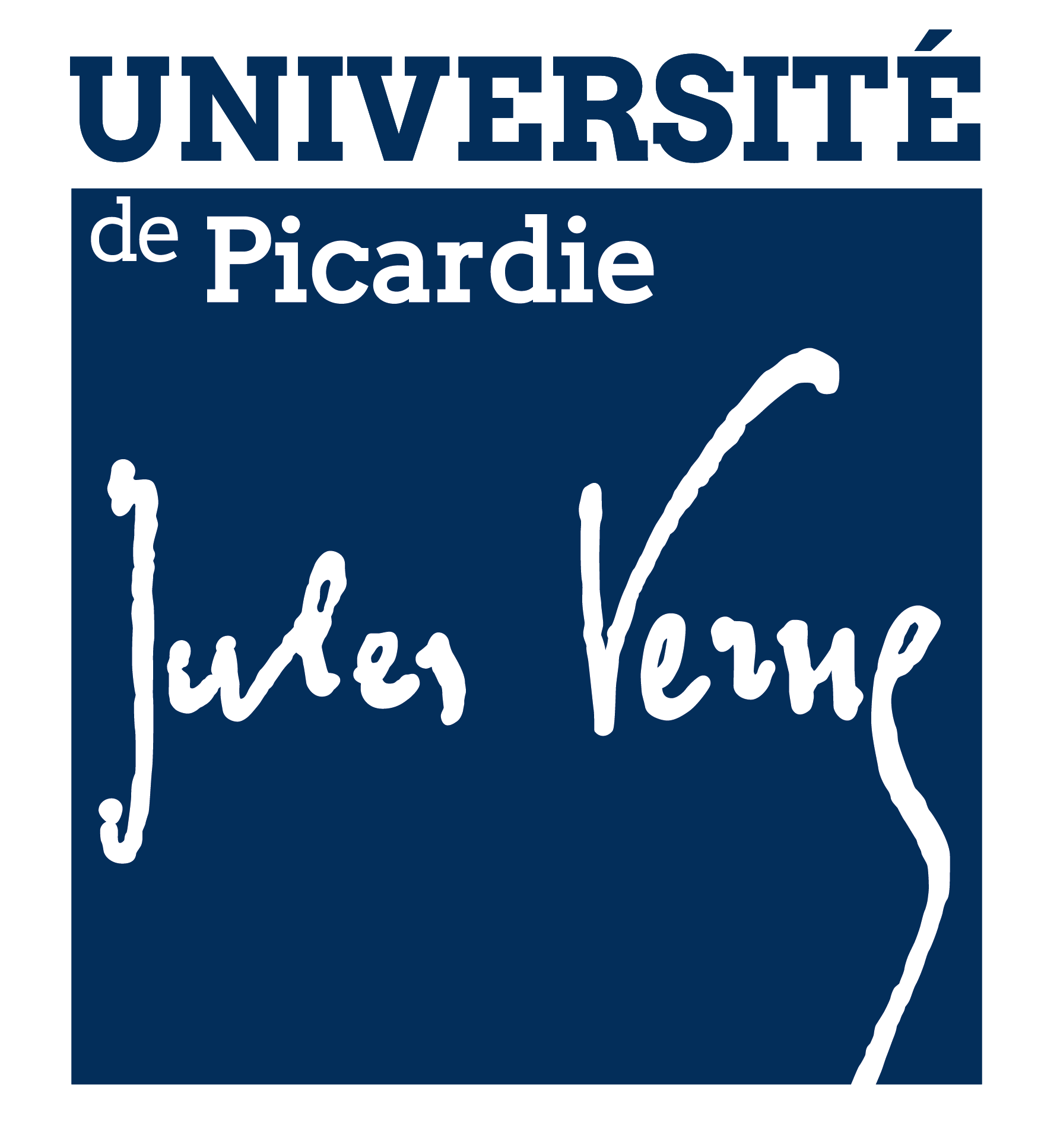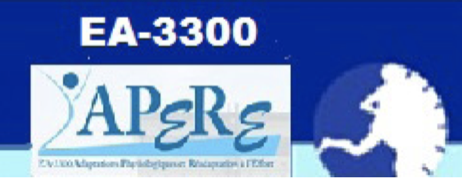Comparative effects of various running exercise modalities on femoral bone quality in rats
Résumé
Background: It is now well established that physical exercise is an effective preventive method to reduce and treat certain chronic diseases, particularly musculoskeletal disorders. At the bone level, running exercise is well known for its positive effects on various parameters of bone quality. There is, however, no consensus regarding the effects of different running exercise modalities on bone quality.
Aim: the objective of this study was to compare the effects of three treadmill running modalities intermittent, moderate continuous, and a combination of both - on bone quality parameters in rats.
Methods: Thirty-nine, 5-week-old, male Wistar rats were randomly divided in 4 groups: sedentary control (SED; n=10), intermittent running exercise (IE; n=10), continuous running exercise (CE; n=10) and combined running exercise (COME; n=9). Rats in running groups were exercised 45 min/day, 5 days/week, for 8 consecutive weeks. Femoral micro-architectural parameters were assessed by micro-CT; femoral osteocyte apoptosis, osteoclast resorption and bone histomorphometry were assessed by histology.
Results: Femoral trabecular thickness in the combined running group was increased (p<0.0001) compared to respective results in the other running groups (0.13 mm vs 0.11 mm). The cortical thickness, osteocyte lacunae occupancy rate in the whole femur, numbers of apoptotic osteocytes and osteoclastic resorption surfaces were not significantly different between groups. Statistical differences were occasionally noted depending on the femoral anatomical region.
Conclusion: These results suggest that the femur should not be considered as the better bone to study the effects of running protocols.
Domaines
Physiologie [q-bio.TO]| Origine | Fichiers produits par l'(les) auteur(s) |
|---|

